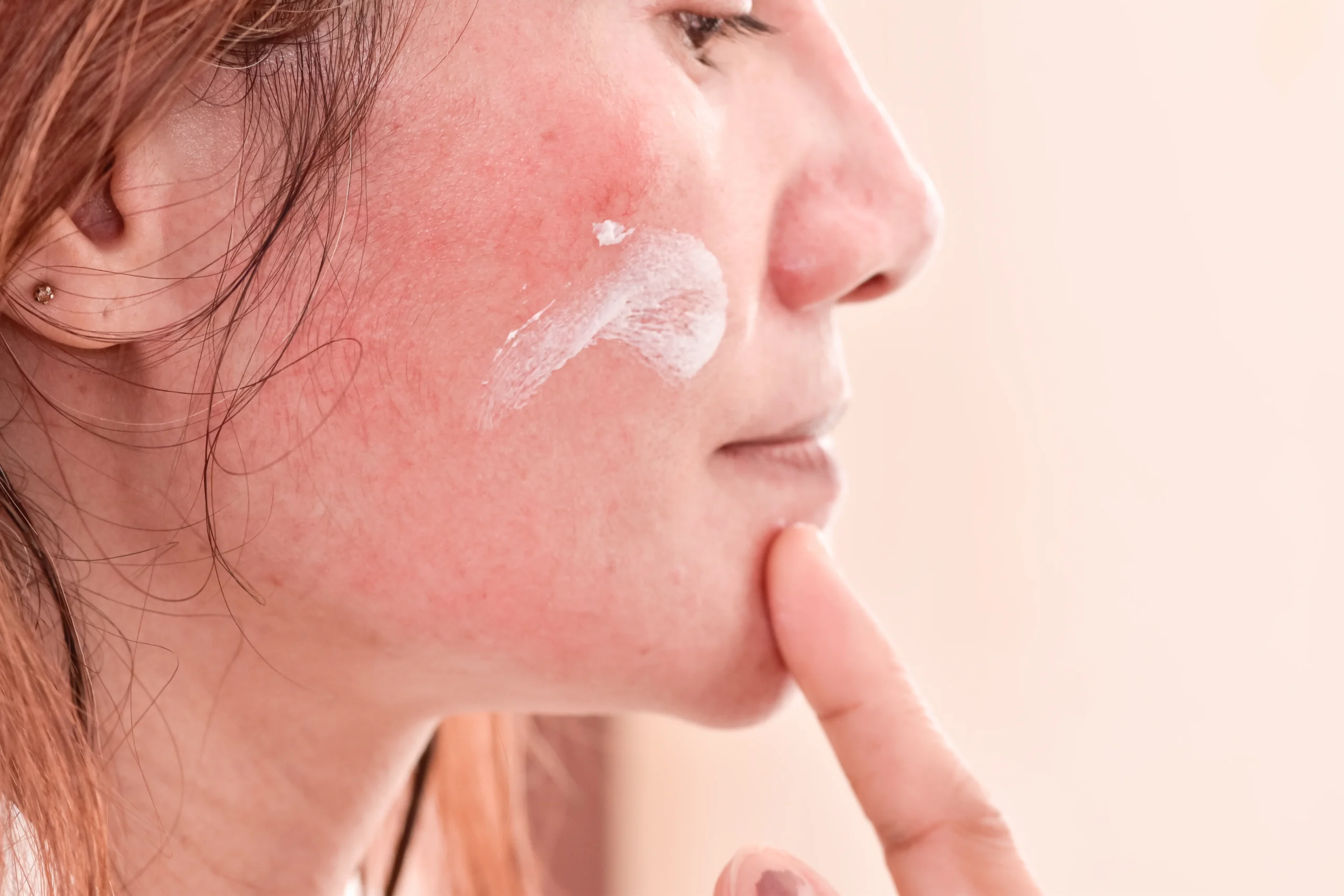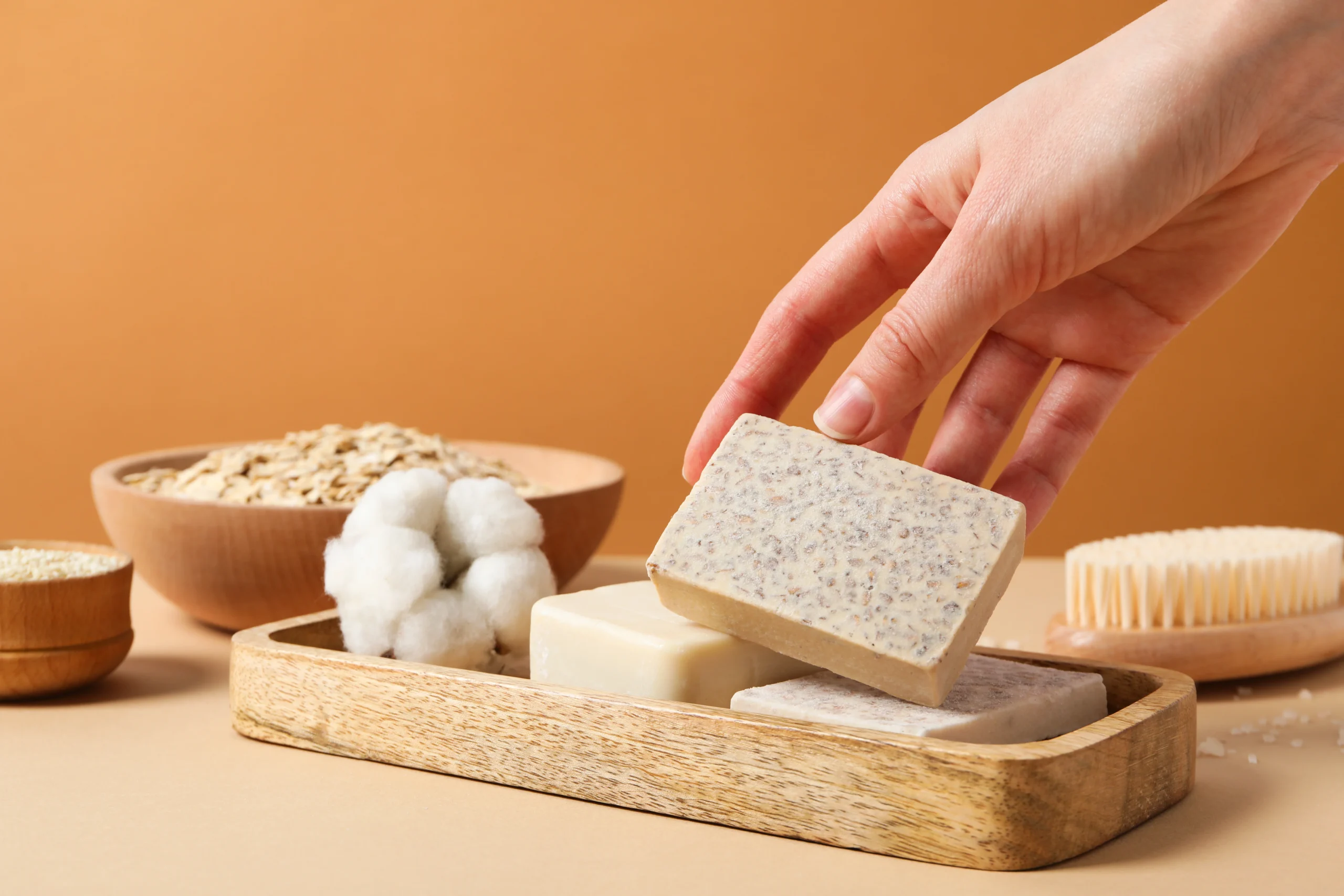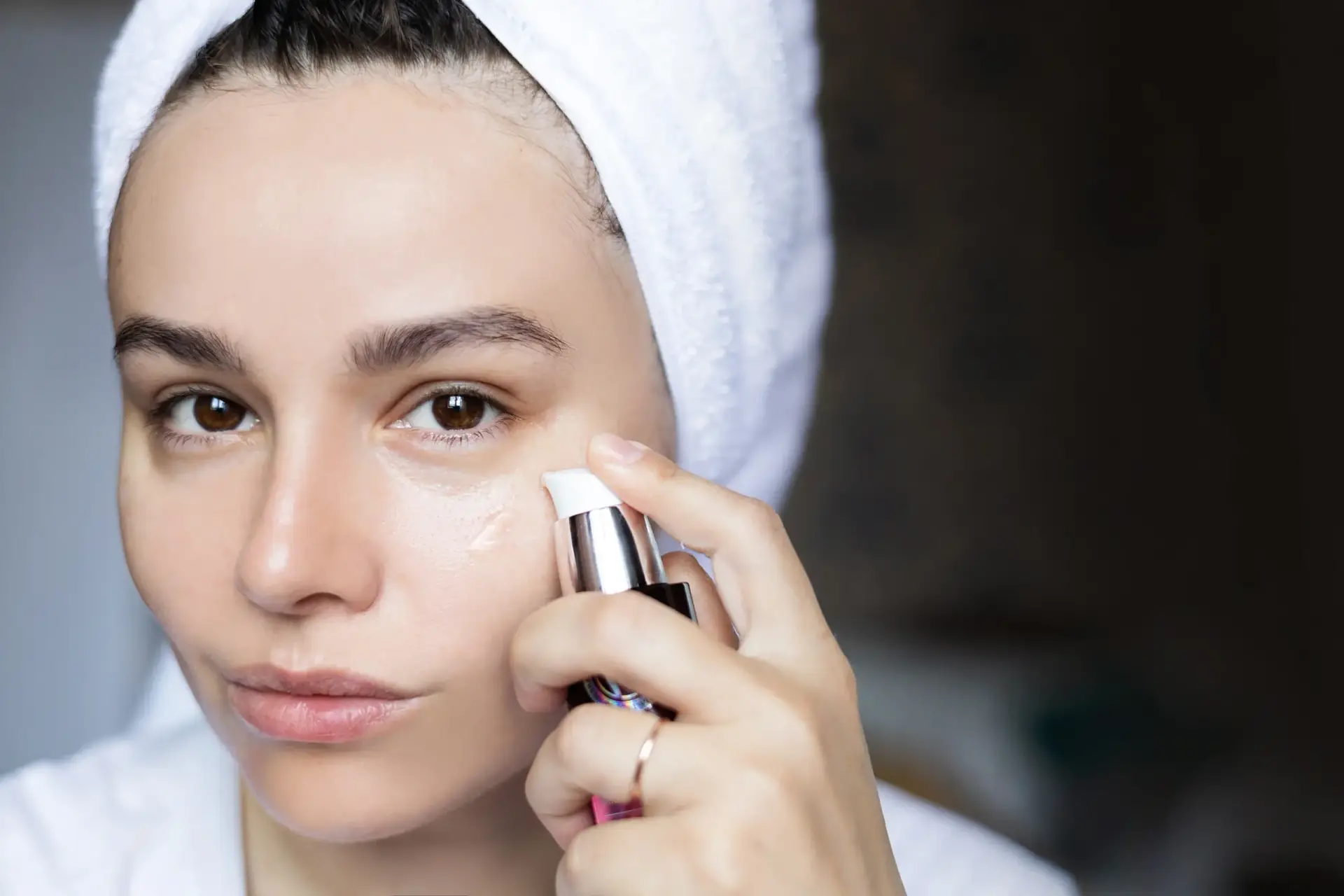Understanding The Best Skin Line for Redness
The best skin line for redness focuses on soothing skin information while strengthening its natural barrier. Redness is a visible signal from the skin that it needs care, and various reasons can cause it. Redness can affect your appearance and confidence, whether you struggle with rosacea, sensitivity, or environmental stressors. A skin care routine designed explicitly for redness doesn’t just cover up the problem but also targets the root cause of the inflammation to provide long-lasting relief.
Why Does Redness Occur and What Does It Mean?
Various factors, such as genetics, harsh cosmetics, allergies, or excessive sunlight, can cause skin redness. In many cases, redness is your skin’s way of letting you know it is inflamed and out of balance. If left untreated, redness can develop into a more serious skin condition, which can cause discomfort and long-term damage. Treating redness at an early stage with the right skincare line can help restore balance to the skin and make it stronger.
Common Skin Problems Associated With Redness
The most common conditions associated with redness are rosacea, eczema, psoriasis, and sensitivity caused by a damaged skin barrier. At the same time, each condition requires the use of products that are soothing, gentle, and free of harmful chemicals—understanding whether your redness is a chronic problem or the result of a temporary irritation is crucial to choosing the right solution.

Choosing The Best Line for Redness
Finding the best skin line for redness isn’t just about choosing products that say “sensitive skin.” The right products will soothe irritation, strengthen the skin barrier, prevent flare-ups, and improve overall skin health. Dermatologists say the best routine combines scientifically proven ingredients and regular use. This allows for long-term improvement rather than temporary relief. Understanding which ingredients and products work for redness is the foundation for choosing an effective line.
Key Ingredients to Help Reduce Inflammation
When evaluating a skincare line, look for ingredients that reduce redness and restore balance. Niacinamide is a highly effective ingredient that reduces inflammation and helps repair the barrier. Green tea extract, chamomile, and aloe vera are natural ingredients that quickly soothe skin sensitivity. Hyaluronic acid keeps skin hydrated without irritating, leaving it feeling tight and comfortable. Centella asiatica, or cica, is another powerful soothing ingredient widely used in K-beauty redness-control formulas. Avoid products with alcohol, fragrance, and sulfates, as these can increase skin irritation and negate the effectiveness of soothing ingredients.
Skincare Routine Recommended by Dermatologists
The best skin care lines for redness are usually organized into three basic steps: cleansing, treating, and protecting. Dermatologists recommend using a gentle, sulfate-free cleanser that removes dirt without stripping the skin of essential oils. After cleansing, use a soothing serum or toner that contains soothing ingredients to reduce redness flare-ups. As a final step, use a moisturizer that locks in moisture and strengthens the barrier. Mineral sunscreen is a must during the day to protect against UV damage. For chronic redness, such as rosacea, dermatologists may recommend using prescription topicals in addition to over-the-counter skin care products.
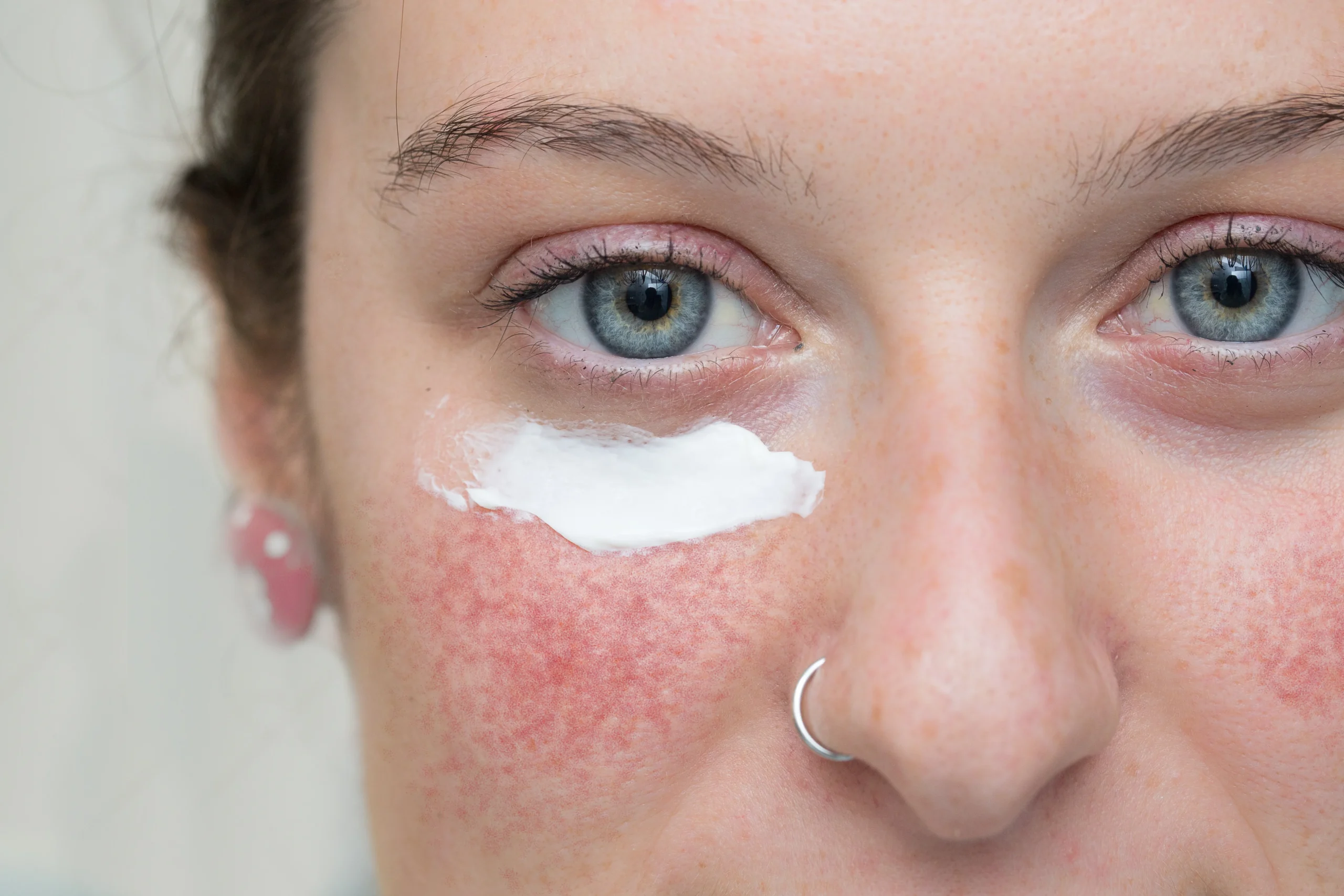
The Best Skin Care Lines for Redness In 2025: Calm, Soothe & Glow
As awareness of skin sensitivity increases, many brands have developed advanced solutions specifically for redness. The best skin care lines for redness in 2025 contain dermatologist-approved ingredients, advanced formulations, and light textures, making them suitable for daily use. Incorporating them into your routine will help your skin look calmer, clearer, and healthier.
A Gentle Cleanser That Protects The Skin Barrier
The cleaner is designed for redness and should be free of sulfates, parabens, and fragrance. Their primary purpose is to remove dirt, oil, and makeup without overdrying the skin or damaging the barrier. Creamy, hydrating cleansers with ceramides and oat extract are especially effective. They keep the skin clean and nourish it, which is essential for preventing irritation. Dermatologists recommend avoiding foaming cleansers, which can strip away natural oils and increase redness.
Soothing Serums and Toners That Target Redness
Serums and toners contain potent elements that work deep into the skin. A good serum for redness should contain niacinamide, azelaic acid, or centella asiatica, which reduce inflammation and strengthen capillaries. A toner with aloe vera or green tea extract keeps the skin moist and provides immediate relief. Such lightweight formulas penetrate deep and provide long-lasting soothing effects for long-term redness control.
Hydrating Moisturizer for Sensitive Skin
A Moisturizer is the foundation of the best skin care line for redness. It adds moisture, locks in nutrients, and maintains the fence. Use non-comedogenic formulas with ceramides, squalane, and shea butter, which soothe but don’t clog pores. Gel-based moisturizers are effective for oily but sensitive skin, while cream-based moisturizers are best for dry and irritated skin. Regular use can reduce visible redness and prevent flare-ups.
Sunscreen for Redness-Prone Skin
Sunlight is one of the biggest reasons for redness, so sunscreen is crucial. Mineral sunscreens containing zinc oxide or titanium dioxide are best, as they cause less irritation than chemical filters. The best sunscreens for redness also contain soothing ingredients like niacinamide or oat extract, which prevent sun-induced inflammation. An SPF of 30 or higher daily can significantly reduce redness and prevent conditions like rosacea from worsening.
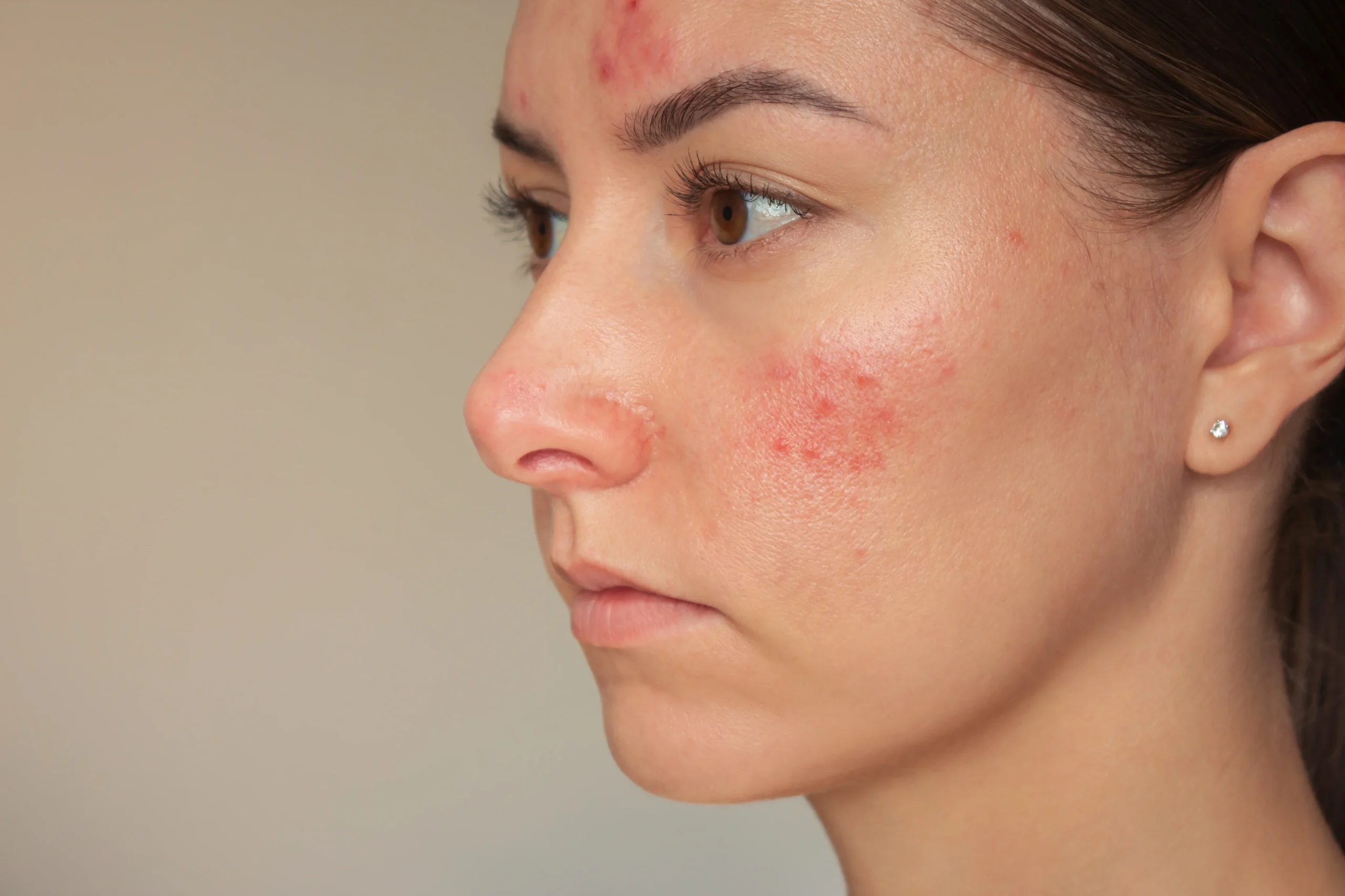
Expert Tips for Using The Best Skin Care Lines to Reduce Redness
The best skin care line for reducing redness is most effective when used regularly and combined with a healthy lifestyle. Even the most advanced products won’t produce immediate results if used irregularly or incorrectly. By creating a proper routine and adopting habits that support skin health, you can maximize the soothing effects of your skincare.
Creating a Regular Daily Routine
Consistency is the key to a victorious skin care practice to reduce redness. Start in the morning with a gentle cleanser, then use a soothing serum or toner, and finish with a nourishing moisturizer and broad-spectrum sunscreen. At night, follow the cleansing and moisturizing steps again, but add a repairing night cream or serum (such as one with ceramides) if you want. Avoid using too many new products at once: add one at a time and see how your skin reacts. This slow and measured approach prevents flare-ups and helps your skin adjust to the routine more easily.
Lifestyle Habits That Complete Your Skincare
While topical care is essential, lifestyle habits also play a significant role in controlling redness. Managing stress, drinking plenty of water, and eating anti-inflammatory foods (like leafy greens, fatty fish, berries) can help reduce flare-ups. Avoid spicy foods, alcohol, and excessive heat, as these increase redness. Quality sleep is also crucial-not getting enough sleep increases inflammation and worsens skin sensitivity. Combining the best skincare lines with healthy habits can provide a holistic solution that will help keep your skin calm and radiant.
Discover More Articles On Makeup And Beauty Here

Final Thoughts on The Best Skin Care Lines To Eliminate Redness
The best skin care line for redness doesn’t just provide temporary relief; it builds a solid foundation for long-term skin health. Redness is usually a symptom of an underlying issue: sensitivity, rosacea, environmental stressors, or a weakened skin barrier. When using a skin care line formulated explicitly for redness, each product works together to soothe, hydrate, and protect skin without causing additional irritation.
The most effective skincare lines have a few things in common: They are free of harmful ingredients, contain barrier-strengthening ingredients like ceramides and niacinamide, and use natural botanicals like chamomile, aloe vera, and green tea to reduce redness and boost the skin’s immune system. Regular gentle cleansing, targeted treatments, adequate hydration, and sunscreen ensure your skin is correctly.
It’s important to remember that it’s not just the product but also the essential daily habits. Stress control, good sleep, and an anti-inflammatory diet play a significant role in lowering skin redness. Skincare is not a one-day solution; it needs to be continued consistently. With patience and regular use, your routine redness reduced, leaving skin calmer, more balanced, and radiant.
Ultimately, the best skin care line for redness isn’t just about beauty; it’s about restoring comfort, confidence, and natural glow. When your skin feels healthy, it reflects on your personality. Following a proper routine that suits your needs will improve redness and positive changes in your overall skin health.

